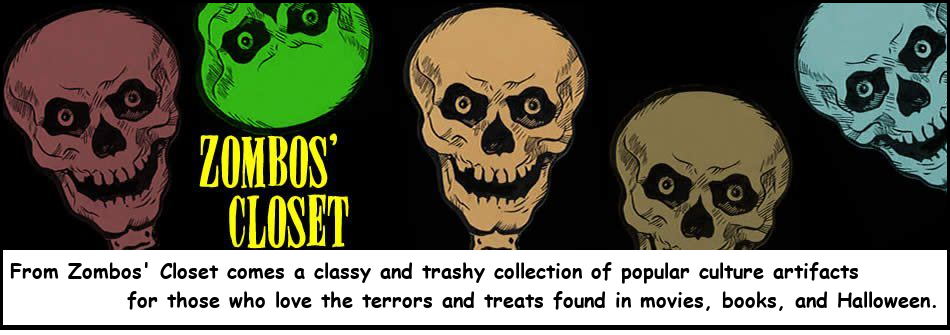Handling the Undead (2024)
When Loved Ones Don’t Love Anymore
Zombos Says: More horror and less lingering reflection would appeal more to horror fans.
Thea Hvistendahl directs this Norwegian horror-lite story with slick and sluggish intent and too much ponderous observation with static, composition-lingering, scenes stretching at times to monotony.
Beautiful camera movement, intense mundane closeups, and whispering emotions play through three families, intertwining the despondent living, dealing with their grief, then dealing with the unexpectedly returning dead, who are devoid of anything human except for their worse-for-death bodies. Rain, subdued color, quiet through most of the film (there is little dialog or music), and gloomy drone-shot vistas increase the desolation of souls and relationships. Handling the Undead is a slow drama that sometimes exceeds its inertia. That is, until the last act of the movie, where Hvistendahl’s more energetic editing increases the pace, ratcheting up the despair and terror as the standard zombie trope surfaces with bite.
The supernatural event begins with the local utility power surging, wreaking havoc with radio, disrupting the flight of birds, and then flicking a brief blackout. Before that, we explore each family. A young mother (Renate Reinsve) sits by a fan, preparing for work. She is grieving the loss of her son. She is inconsolable and no longer communicates well with her father (Bjørn Sundquist) the boy’s grieving grandfather. At work she prepares meals under another fan. Then there are the two lovers (Olga Damani, Bente Børsum). One is saying goodbye to the other in an empty, cavernous, mortuary. As the body is wheeled away it goes through a door beside a filled-up dumpster, barely nudging itself into the frame. The third, somewhat nuclear, household is livelier, until Eva (Bahar Pars), the girlfriend the kids like, dies in an auto accident.
Then the departed return: looking like death warmed over, mute, eyes staring into nothingness. Each family tries to make the new relationship work but this is a zombie movie after all, and zombies are always decomposing and antithetical to the living (except for the delightful Warm Bodies). The heart-broken grandfather, asleep by the gravesite, hears his nephew stirring in his coffin and digs him up (just like that); one lover returns to the other’s delight and is embraced (just like that), but incapable of reciprocating that love, the relationship struggles for air; and finally that girlfriend, who woke up after dying in her hospital room, brings everyone to her bedside with some semblance of joy, but invariably horrifies them (and us, certainly) in a scene worth the price of admission.
Any hope turns to fear as each of the undead reverts to problematic behavior. The visit to Eva in the hospital to reunite the sense of family winds up destroying it. As one lover tries to get the other to eat toast, with the camera slowly inspecting the food on the table as if it is just another meal they are sharing. I kept thinking, watch those fingers. A sudden, quite vigorous, chomp on the toast is unsettling and a hint of worse things to come. And the young mother and Elias, along with grandfather, head to an isolated island to avoid the police. Not so isolated as it turns out, leading to a more George Romero zombie lurking about and a realization leading to a heartrending decision that letting go is the only outcome possible.
Both compelling at times, tedious at times, and with a few beautifully calculated scenes of horror and loss, this is a tough film to market to horror fans spoon-fed on less contemplation and more screams. But there are moments of sadness and terror to appreciate in this almost-arthouse story about the living and the undead.















